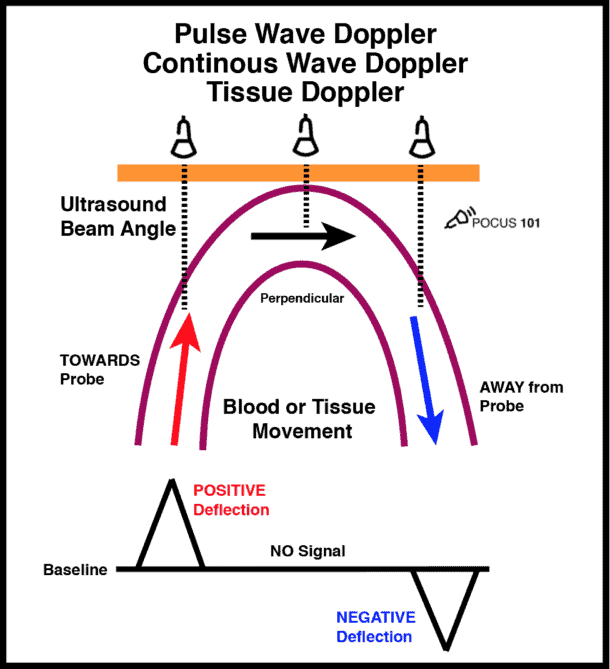

Introductory physics concepts are provided along with sample data and images.

Doppler ultrasound physics measurements are introduced and briefly discussed. The effect of these parameters on resolution (axial and lateral), frame rate, depth of penetration, blood flow velocity, and overall image appearance are discussed where appropriate. Several demonstrations and exercises are reviewed which emphasize the clinical implications of various scan parameter settings, including: power, gain, dynamic range, time-gain compensation, field-of-view, displayed depth, postprocessing, zoom (magnification). This course is designed to assist physicists in teaching ultrasound physics concepts to non- physics personnel (residents, sonographers, graduate students, etc.). Demystifying the physics not only helps the student develop an intuition on how the scanner creates an image it also gives them a greater appreciation of imaging as a science. The confusion between expectation and observation is usually artifact or results from a particularly clever implementation of technology. Although this may be a challenge in any discipline, in ultrasound physics it is compounded by the fact that what is seen, or measured, on the scanner is not always consistent with what is expected based on basic principles. This is primarily because of the difficulty in translating textbook physics concepts into their clinical practice. M ARSHFIELD C LINIC, M ARSHFIELD, WI ABSTRACT For sonography students and residents, ultrasound physics can be intimating and seemingly remote from their clinical responsibilities. U NDERSTANDING AND T EACHING U LTRASOUND P HYSICS R ANDELL L.


 0 kommentar(er)
0 kommentar(er)
